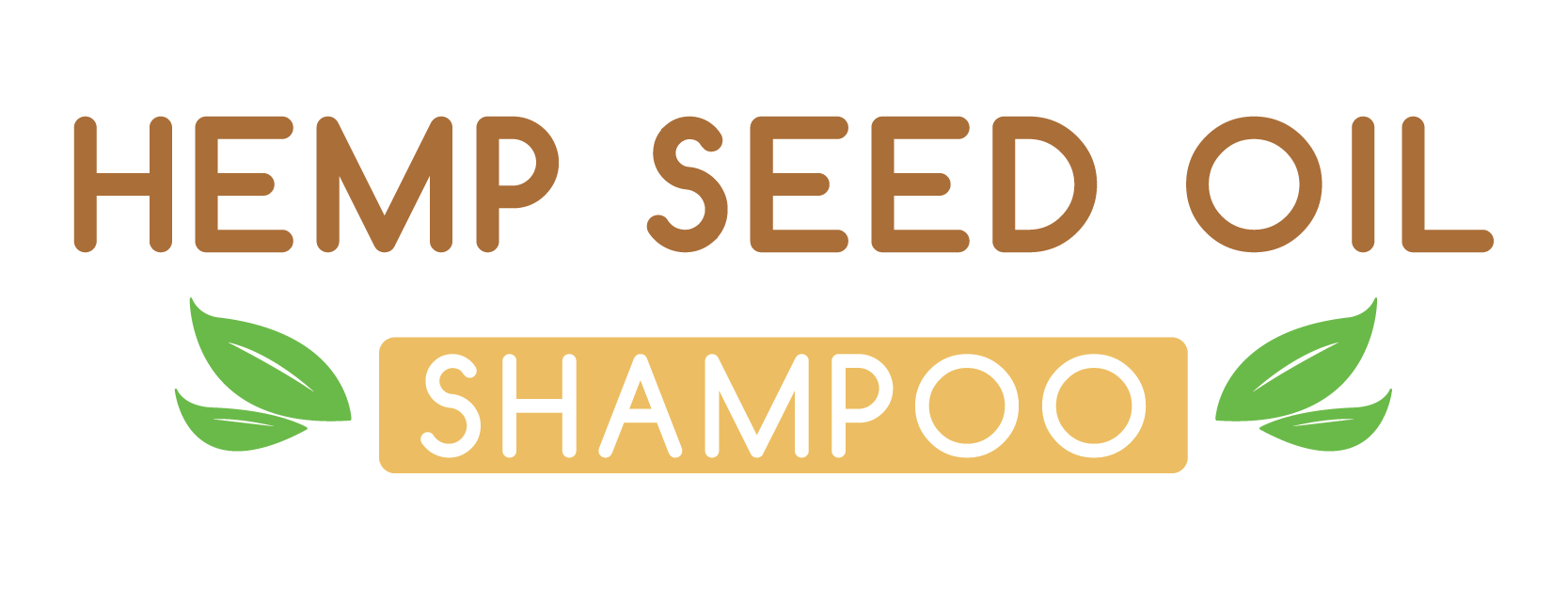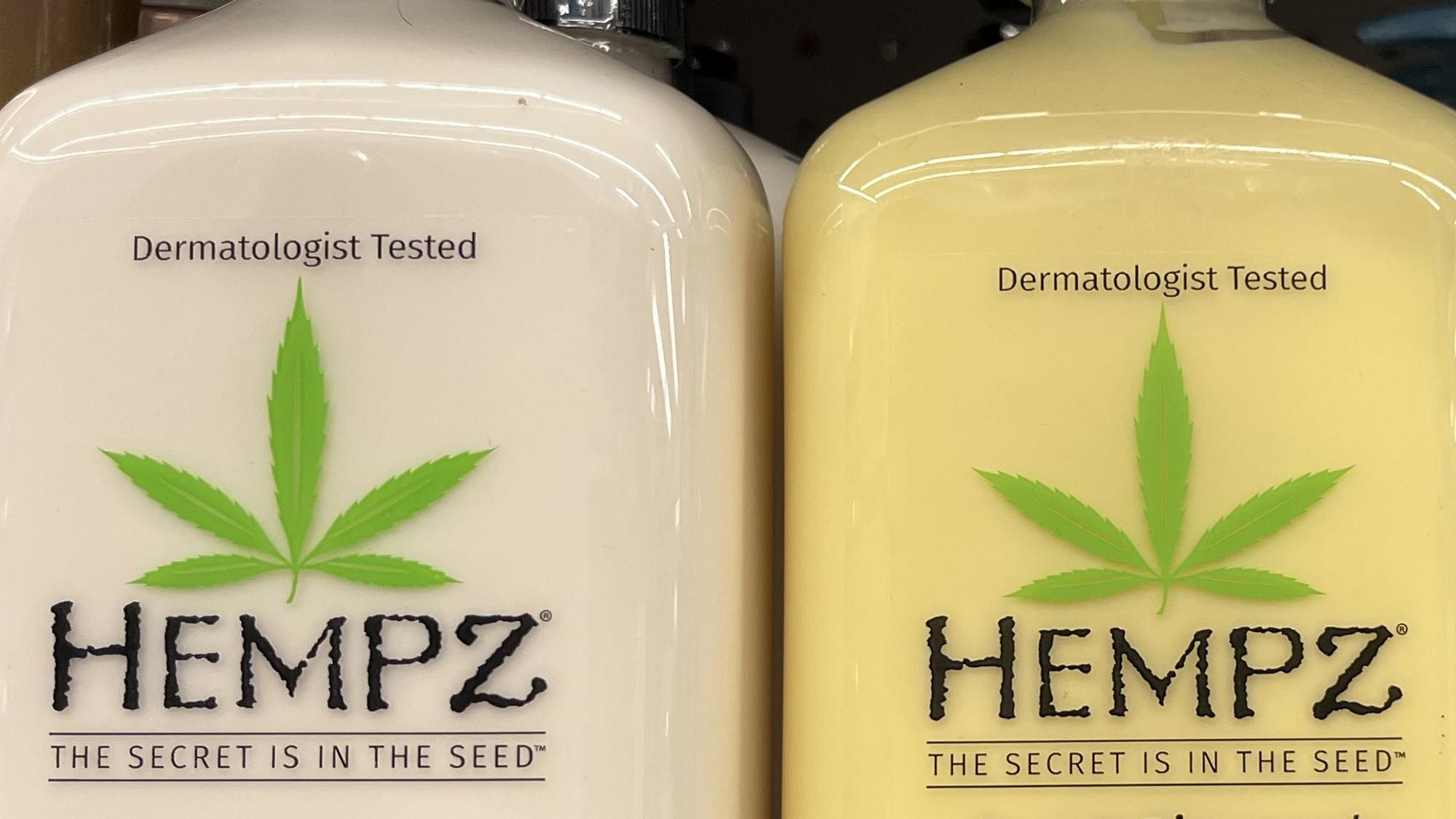Marketers in the hair care industry are increasingly turning to hemp seed oil as a hero ingredient, but promoting these products responsibly is crucial. Done well, hemp seed oil branding can be both compelling and compliant, building long-term trust instead of short-term hype.
Hemp seed oil is derived from the seeds of the Cannabis sativa plant and naturally contains beneficial fatty acids, including omega-3 and omega-6, which support skin barrier function and help reduce dryness and irritation. Dermatology and cosmetic science references note that plant oils rich in linoleic and alpha-linolenic acids can support moisturization and barrier repair in skin and scalp formulations. These are valid, evidence-based benefits that brands can lean on without exaggeration or implying drug-like effects.
The first rule for non-misleading marketing is clear separation between hemp seed oil and cannabinoids like CBD or THC. Hemp seed oil typically contains negligible levels of cannabinoids and is not the same as CBD oil. Regulators and industry guidance emphasize that brands must not blur these lines or suggest psychoactive effects or medical outcomes when none exist. Claims such as “relieves anxiety,” “treats psoriasis,” or “clinically proven to regrow hair” cross into drug-claim territory and may trigger enforcement from agencies like the U.S. Food and Drug Administration or the Federal Trade Commission, which actively monitor deceptive health and cosmetic claims.
Instead, marketers can responsibly focus on cosmetic benefits that are supported by ingredient science and consistent with cosmetic regulations. For example, it is appropriate to highlight that hemp seed oil–based shampoos and conditioners may help with hydration, softness, shine, and manageability, or that they may support a healthy-looking scalp and hair appearance. These statements stay within cosmetic “look and feel” language rather than promising to prevent or treat disease.
Transparency in labeling and storytelling is another cornerstone. Clearly listing “Cannabis sativa (hemp) seed oil” on the ingredient list, avoiding ambiguous phrases like “hemp extract” when no cannabinoids are present, and providing realistic explanations of what the ingredient does all help consumers make informed decisions. Educating shoppers through blogs, FAQs, and social posts about the difference between hemp seed oil and CBD also adds value and reduces confusion.
Third-party testing and quality cues can further reinforce honest positioning. While hemp seed oil hair products do not generally require cannabinoid potency testing, brands can still highlight quality markers such as cold-pressed extraction, organic certification, allergen testing, or compliance with cosmetic safety assessments. Sharing this information in a straightforward, non-sensational way builds credibility.
Finally, responsible visuals and branding matter. Packaging and advertising should avoid mimicking recreational cannabis branding or suggesting intoxication. Instead, design can emphasize wellness, botanicals, sustainability, and clean beauty—aligning hemp seed oil with broader trends in plant-based hair care. When marketing teams prioritize clarity over clickbait, they not only reduce regulatory risk but also foster loyalty among increasingly savvy consumers who value honesty as much as efficacy.


